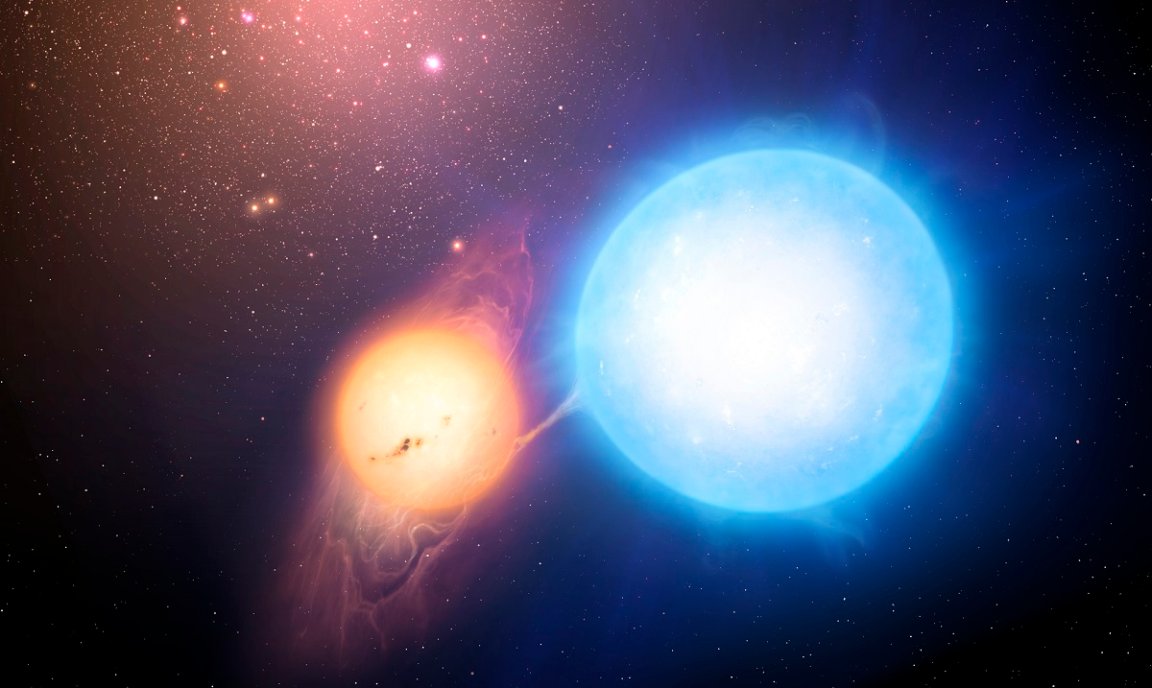
Snug System
Two newly-discovered stars are orbiting each other so closely that the entire binary system they form could fit inside the Sun — and with room to spare.
As detailed in a new study, submitted for publication in The Open Journal of Astrophysics, the system consists of stellar objects known as a brown dwarf and a red dwarf, locked in an intimate cosmic tango.
The system was spotted approximately 457 light years from Earth with the Zwicky Transient Facility, a comprehensive astronomical survey of the night sky, and has been designated ZTF J2020+5033.
With an orbital period of just 1.9 hours, it’s by far the closest orbit ever found for a brown dwarf, though the researchers suggest that such short orbits — though perhaps not quite as extreme as this example — could actually be somewhat common among brown dwarfs.
Two’s Company
If we’re being pedantic, a brown dwarf isn’t quite a star, but a substellar object — unkindly nicknamed a “failed star” — that’s unable to sustain the fusion of hydrogen at its core.
This newly discovered one, however, is unusually hefty at just over 80 times the mass of Jupiter while sharing almost the same radius. This puts the brown dwarf right on the precipice between substellar and stellar, the researchers said, punching above its weight class.
Meanwhile, the red dwarf is puny for its kind, with a mass just 13.4 percent of the Sun and a radius of 17.6 percent, per Phys.org. Red dwarfs do count as full-blown stars, and are believed to be the most common kind in the Milky Way.
In short, both partners appear to be relative outliers respective to their categorizations, making this system fascinating in every way you look at it.
Shrinking Feeling
Though the stellar pair may as well be two peas in a pod now, the researchers suggest that both objects must have once been far larger. That means the orbits were much larger, too, and have since shrunk by a factor of five.
The cause for this could be what’s known as magnetic braking. When material breaks off from a star, it’s captured by its powerful magnetic field and suspended at a great distance from the star’s center. Let this play out countless times over millions of years, and the star begins to lose angular momentum, not unlike how sticking your legs out while spinning in a chair slows you down.
The saddening implication is that these orbits will eventually shrink to the extent that likely only one star could prevail: the brown dwarf, which will gradually siphon material from the red dwarf due to its strong gravity.
More on stars: Amazing Simulation Shows What’s Happening Inside Stars